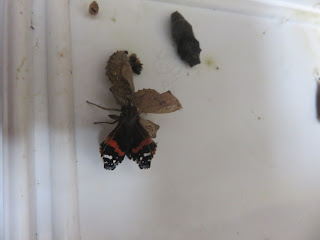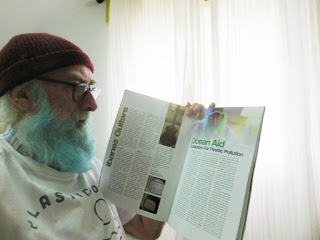Songs for World Peace benefit the environment and animals too
Tomorrow is International Peace Day and I am one of many artists worldwide taking part in the Wake Up, Rise Up, LIVE4Peace concert. I knew I wanted to be involved in this as soon as I heard about it, and I always think that peace is not just what humans need because it means a healthy environment in which animals benefit too. Consider war-torn Ukraine right now where countless abandoned dogs and cats are suffering and dying. Animals in a war-zone, besides being terrified, can easily get lost if they run away in fear, and others sadly get abandoned by people who have to leave where they have been living in a hurry. Many cats and dogs get trapped in buildings, some get seriously wounded and killed, just like people can too.
War brings death and destruction. With gunfire and rockets being fired, there is often no let up for days. Think about how scared pet dogs and cats get on the one night of Bonfire Night, and by celebratory fireworks. In a war the loud noises and explosions don’t stop after a few hours.
Wars can destroy forests and wildlife habitats too. I am thinking of the horror of what happened with the spraying of Agent Orange herbicide in the war against Vietnam in the 1960s and early 1970s. The U.S. military used the poisonous substance as a defoliant so there was no longer any cover or hiding places created by the trees. It worked well from the point of view of destroying forest trees but it also drastically reduced biodiversity and had long lasting harmful effects on millions of humans who were exposed to the chemicals. Dioxins from Agent Orange persist in the environment causing harm to man and beast. The herbicide is associated with many forms of cancer and with birth defects. Agent Orange was also used on agricultural land to destroy crops.
Far more recently there was a lot of worry about the Russian forces in the Chernobyl area. Chernobyl has become noted as a region contaminated with nuclear radiation that caused humans to abandon it but where over the years, the world of nature has reclaimed the land and very many species of fauna and flora have been living. In some cases it is said that there are more of some types of animal living there now than when people were living in the nearby city of Pripayat.
It was feared that the recent Russian occupation of Chernobyl could undo everything, and that the area could become highly contaminated again and a threat to surrounding parts of the world. War is a very great danger to the world of nature as well as to the world of humans, and that is why I am singing for peace. Wake Up, Rise Up, LIVE4Peace have arranged it so that artists taking part can collect donations towards any charities of their choice. I have chosen The Rotary Club of Wyndham Harbour, which I am a member of. Rotary Clubs worldwide have world peace as one of the many goals being worked for. Please join us in taking action for peace. Even thinking peace, is a good place to start, which is why the late John Lennon, who was famous not only for being one of The Beatles but for his peace-campaigning with his wife Yoko Ono, advised us to THINK PEACE!





































